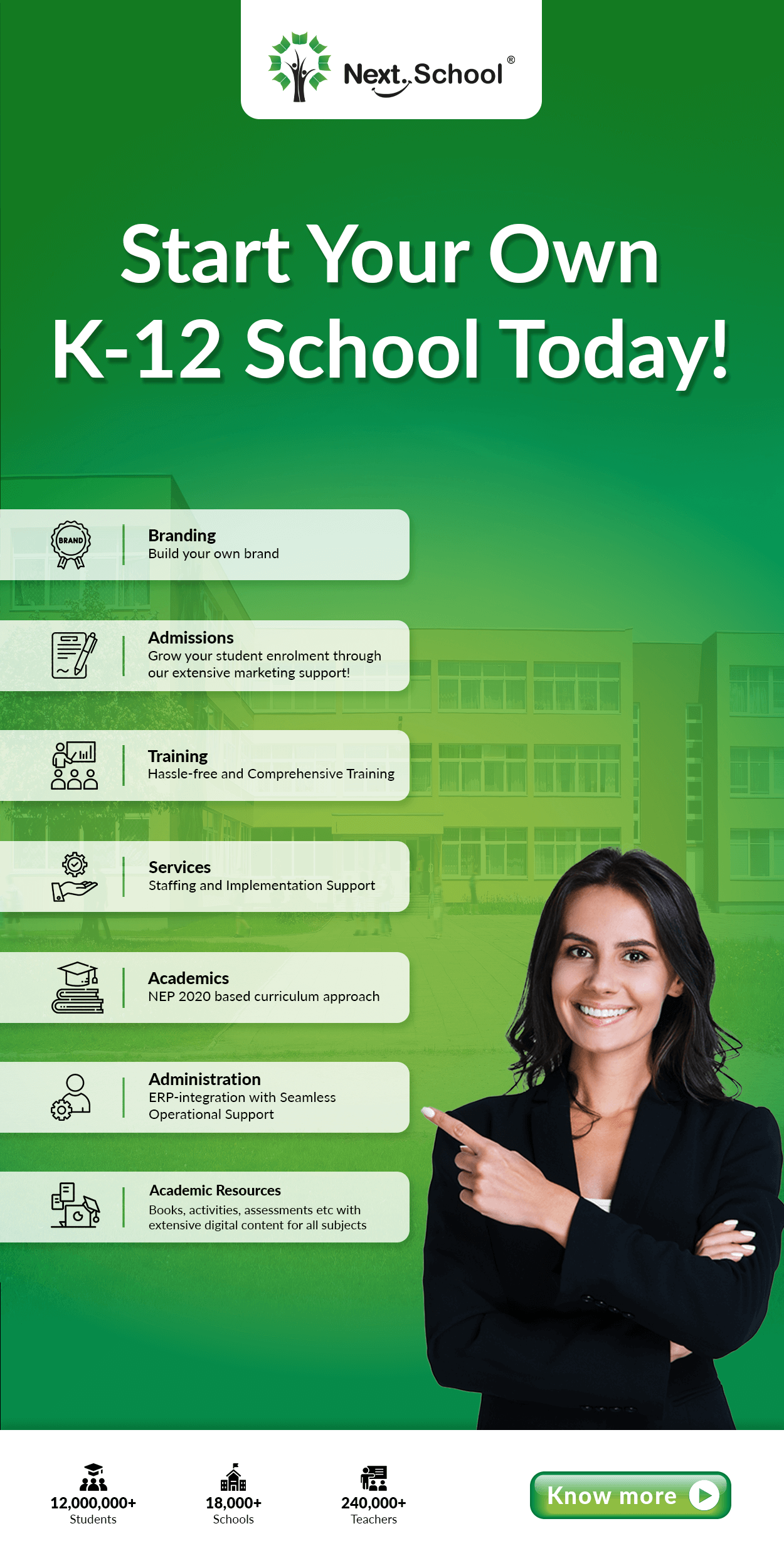The SAMR model and its relevance to classroom teaching

The Substitution Augmentation Modification Redefinition framework, popularly known as the SAMR model, helps assess the technology deployed at classrooms. Using this model, school administrators can evaluate how technology integration will benefit the teaching-learning process.
The SAMR model is comprised of various levels, which are as follows:
Substitution: At the substitution level, common classroom practices are substituted with technology. For instance, students are taking notes on their iPads instead of using pen and paper. At this level, only tools, not the task (taking notes), are modified.
Augmentation: At the augmentation level, some functional improvements take place. More precisely, task will be increased slightly at this level. For instance, students will use various built-in tools on iPads.
It is necessary to mention that the use of technical devices is limited – to both substitution and augmentation levels. Therefore, very little difference to classroom workflows will be noticed at these two stages.
Modification: At the modification level, technology is harnessed more intensively. Unlike the previous two levels, different types of tasks are assigned to students. For instance, students may be asked to use multimedia.
Redefinition: At the redefinition level, students can leverage technologies to create projects that are implausible without technology. For instance, students may be asked to create a digital storybook and share it with others.
The SAMR model facilitates the effective use of technology in classrooms. It gradually transforms classroom as well as student workflows, thereby helping both teachers and students adopt and adapt to the technical environment.
Image Credit: freedigitalphotos.net

